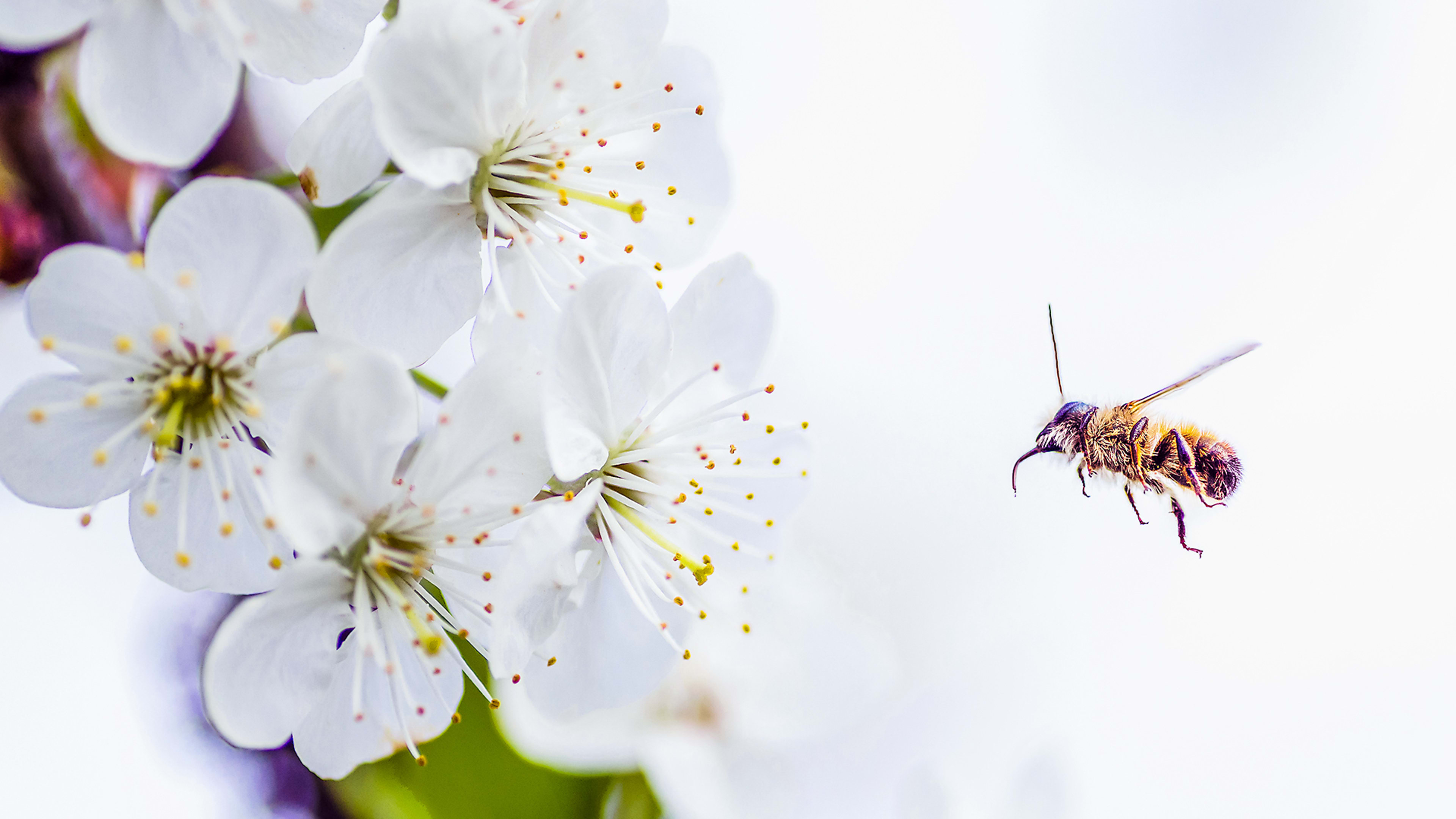Out in a field, tomato plants are pollinated either by wind shaking flowers or by bees, which fly into the flowers and vibrate, releasing the pollen into the air. But inside a greenhouse or indoor vertical farm, where there are no bees or wind, tomato plants need a little help—and soon, that help will arrive in some greenhouses in West Virginia in the form of a six-armed robot called StickBug.
The StickBug, a project from researchers at West Virginia University with funding from the U.S. Department of Agriculture, will use computer vision algorithms to map out indoor environments and learn where flowers on the plants are, and which flowers need to be pollinated. Then it will reach out its arms to pollinate those flowers. “There could potentially be coordinated action” using multiple arms, says Yu Gu, an engineering professor at WVU leading the team working on this project. “Say if a flower is behind a branch, it could have one arm move the branch away, and another pollinate.”

The work on StickBug builds off of Gu’s previous work on a robotic pollinator called BrambleBee. That robot pollinated blackberries and raspberries, and was developed as a proof of concept that robots can do precision pollination (“We’re trying to, like an insect, get in each flower,” Gu says) and not only pollinate by broadly blowing air or shaking plants, like other machines used in indoor farming.
The StickBug project will tackle some of the greater robotic challenges with pollinating, like speeding up the process so it can meet production requirements. While BrambleBee had just one arm, StickBug’s six appendages have the ability to pollinate more flowers at the same time. The StickBug project will also work with growers, who may not have specialized knowledge of robots. Gu and his team want to develop a low-cost robot that growers can easily accept into their process. And while the BrambleBee focused only on bramble plants, this project will study how well the robots can pollinate tomatoes, an important economic crop that flowers year-round, as well as blackberries.
There are a few reasons growers may need a robot to help them pollinate their crops. One is the decline of bees, which are currently struggling in the face of colony collapse disorder, harmful pesticides, and climate change. But there are also certain places bees don’t like, or places they can’t really exist. “There is a concern about bee shortage, which is real,” Gu says, adding, “there are a lot of agriculture settings not friendly to bees,” like growth chambers or the growing world of indoor vertical farming. “Those are not places designed for bees to be happily living in, so we’re hoping to tackle those environments.”
Gu sees robotic and insect pollinators both being vital to growers in the future, depending on the setting or time of year. “We’re not interested in taking away bees’ jobs, and we want bees to be happy,” he says. “But there’s also room for technological innovation. They can coexist, and they can all bring benefits to society.”
Recognize your brand’s excellence by applying to this year’s Brands That Matter Awards before the early-rate deadline, May 3.
